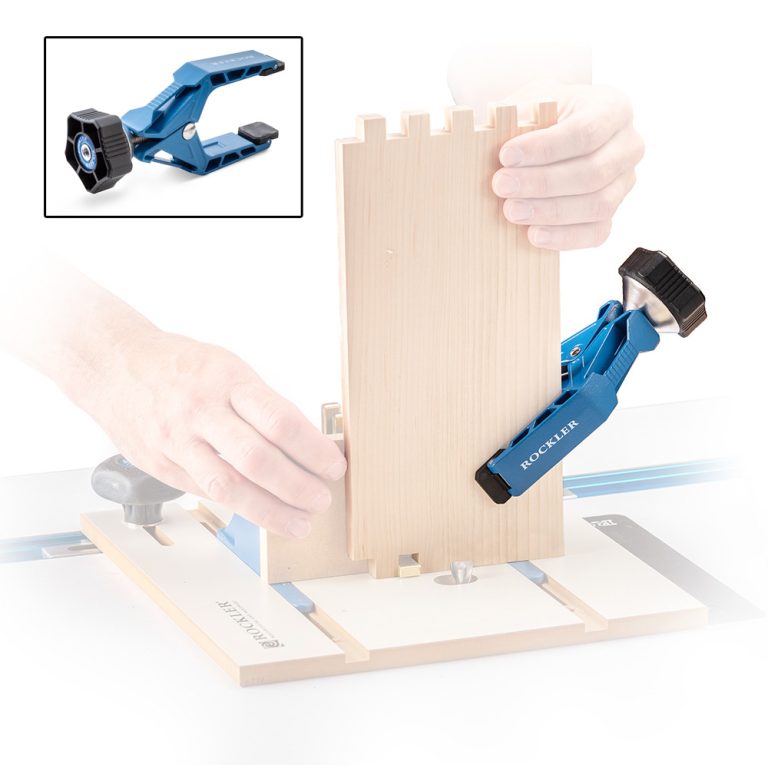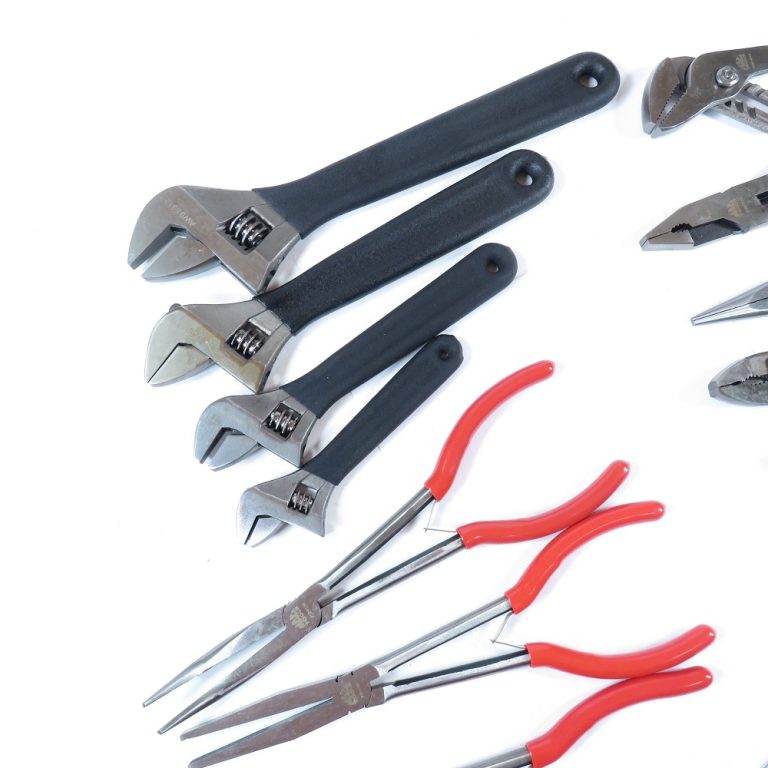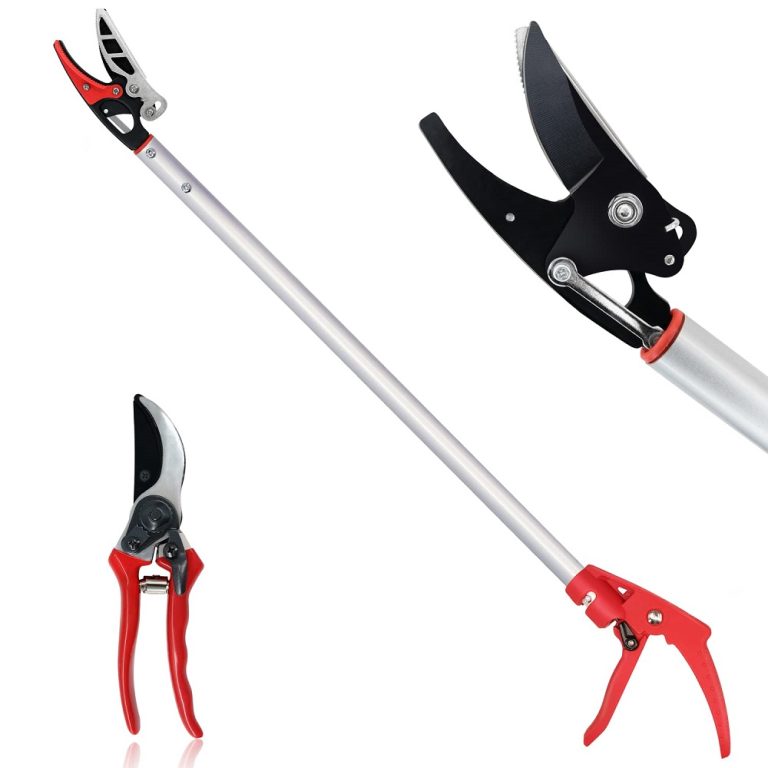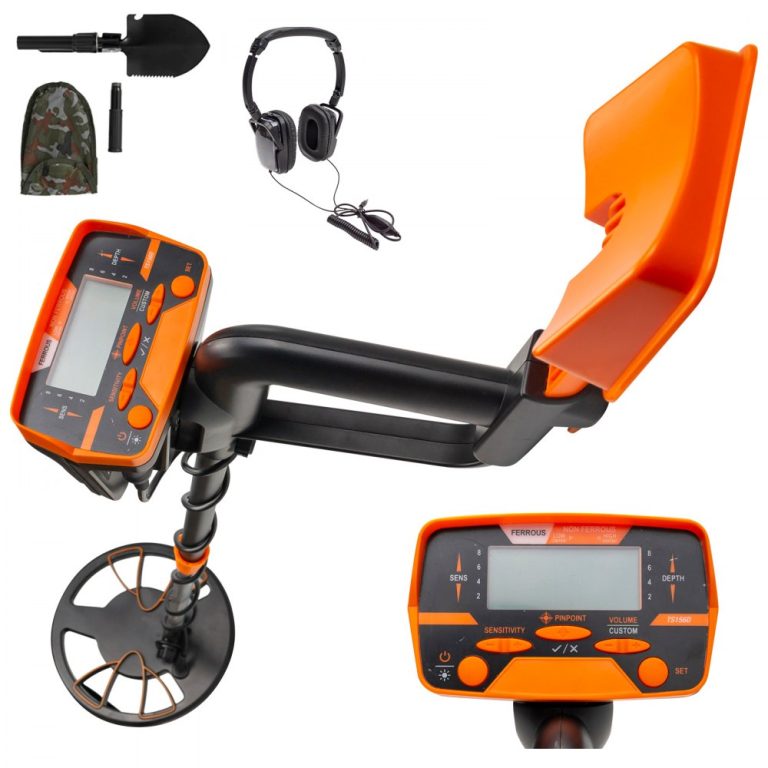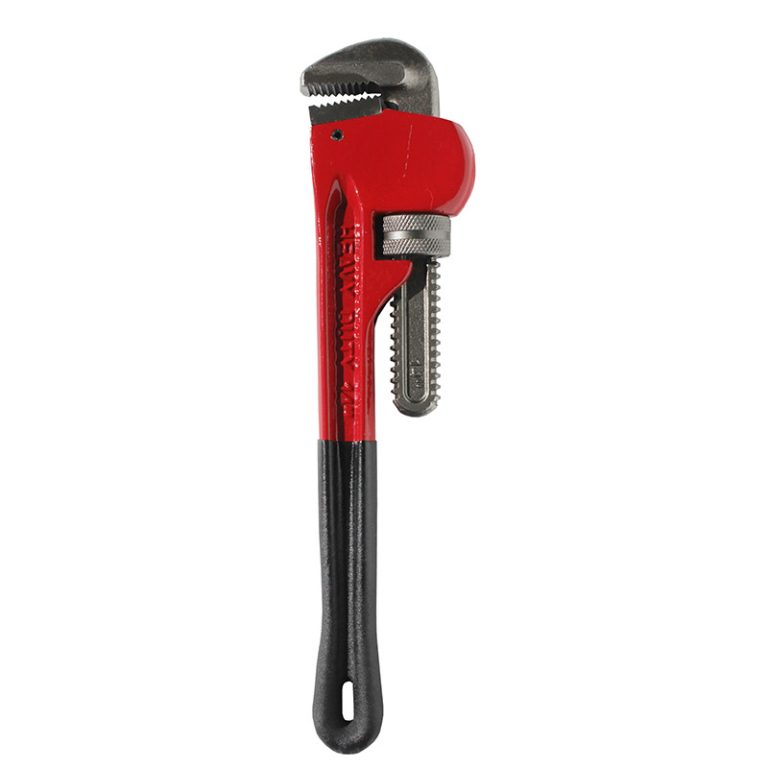The Complete Guide to Tile Cutters: Essential Tools for Perfect Cuts
Tile installation can transform any space, enhancing both functionality and aesthetics. However, achieving clean and accurate cuts is a critical step in the process. This is where a tile cutter becomes indispensable. Whether tackling a simple DIY project or managing a professional renovation, understanding tile cutters is essential.
Unveiling Tile Cutters: Types and Benefits
Tile cutters come in various types, each designed to meet specific needs. Manual tile cutters offer a straightforward approach for small projects, while electric tile cutters provide advanced features for larger jobs. These tools help ensure precision, allowing for intricate designs and seamless patterns.
Transitioning from traditional methods to tile cutters significantly improves efficiency. Instead of relying on handheld tools, using a tile cutter reduces the chances of mistakes and wasted materials. Consequently, professionals and DIY enthusiasts alike can achieve a polished finish with minimal effort.
Moreover, safety is paramount during any home improvement project. Equipped with safety features, modern tile cutters minimize the risks associated with tile cutting. This allows users to focus on the task at hand without unnecessary distractions. Investing in a reliable tile cutter not only enhances accuracy but also boosts overall productivity.

Tips for Choosing the Right Tile Cutter
When selecting a tile cutter, consider factors such as the type of tile and the project’s scale. For ceramic tiles, a manual cutter may suffice, while porcelain or glass tiles often require the precision of an electric cutter. Additionally, features such as portability and blade quality can influence the final decision.
In summary, a tile cutter is an invaluable tool for anyone looking to enhance their space through tile installation. By understanding the different types and benefits of tile cutters, users can make informed choices and achieve stunning results.
Understanding Different Types of Tile Cutters
Tile cutters come in several varieties, each designed for specific cutting needs. Manual snap cutters offer simplicity and portability for straight cuts on ceramic tiles. Meanwhile, wet saws provide precision cutting capabilities for harder materials like porcelain and stone. Electric tile cutters combine power with versatility, allowing both straight and angled cuts. Score-and-snap cutters remain popular for their affordability and ease of use. Additionally, handheld tile nippers excel at making curved cuts and small adjustments.
Rail cutters provide stability for longer tiles, ensuring straight cuts up to 48 inches. Furthermore, angle grinders equipped with diamond blades offer flexibility for custom cuts. Professional-grade tile saws feature water cooling systems to prevent dust and extend blade life. Tabletop wet saws blend portability with precision, making them ideal for medium-sized projects. Moreover, specialized tools like hole saws create perfect circles for pipe fittings and fixtures. Understanding these options helps users select the right tool for specific project requirements.
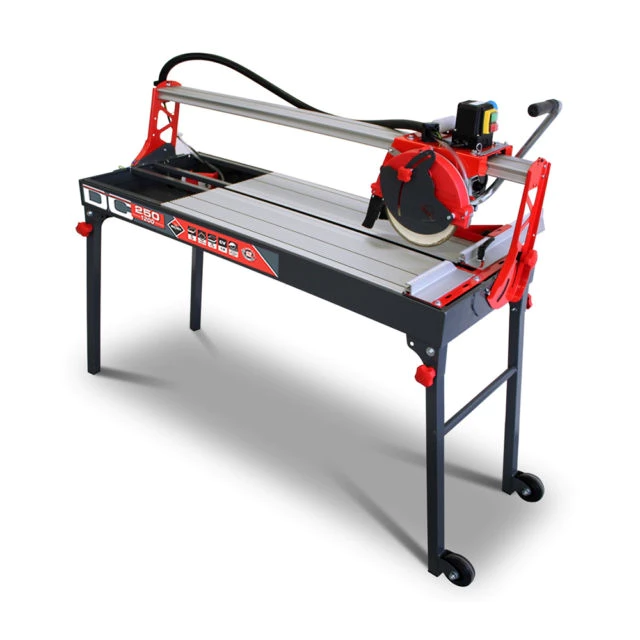
Essential Features of Quality Tile Cutters
Quality tile cutters share several crucial features that enhance performance and durability. Sturdy base plates provide stability during cutting operations. Smooth-rolling scoring wheels ensure clean, consistent cuts across various tile types. High-grade tungsten carbide cutting wheels maintain sharpness through numerous projects. Additionally, adjustable fences guarantee accurate angle cuts and repetitive measurements. Rubber-coated handles offer comfort and control during extended use. Furthermore, rust-resistant materials extend tool life and maintain accuracy.
Measurement guides and scales facilitate precise cuts without additional marking. Breaking bars should provide even pressure distribution for clean breaks. Moreover, water cooling systems in powered saws prevent overheating and dust generation. Anti-slip surfaces enhance safety during wet cutting operations. Built-in protractors enable accurate angle measurements for custom cuts. Finally, durable construction materials ensure long-term reliability and consistent performance.
Proper Tile Cutter Maintenance
Regular maintenance ensures optimal performance and longevity of tile cutting tools. Cleaning after each use prevents debris buildup and maintains smooth operation. Lubrication of moving parts reduces wear and ensures consistent cutting action. Additionally, regular blade inspection helps identify wear patterns and replacement needs. Proper storage protects cutting wheels and prevents damage to guide rails. Furthermore, alignment checks maintain cutting accuracy and prevent tool damage. Water reservoir cleaning prevents sediment buildup in wet saws.
Replacement of worn components preserves cutting quality and safety. Moreover, dust removal from electrical components prevents motor damage. Belt tension adjustments ensure consistent power transfer in motorized units. Regular calibration checks maintain measurement accuracy over time. Proper maintenance schedules extend equipment life and reduce replacement costs. These practices contribute to reliable performance and professional results.

Mastering Cutting Techniques
Successful tile cutting requires proper technique and practice. Marking cut lines clearly ensures accuracy and reduces waste. Proper tool positioning prevents binding and ensures straight cuts. Score lines should be firm and consistent for clean breaks. Additionally, multiple light passes often produce better results than single heavy scores.
Understanding tile composition affects cutting approach and tool selection. Furthermore, proper support prevents unwanted breaks during cutting operations. Angle cuts require special attention to measurement and marking accuracy. Moreover, careful handling prevents chip-out at cut endings. Wet cutting techniques reduce dust and improve cut quality. Practice pieces help develop skills before working on project materials. Finally, understanding break mechanics improves success rates with manual cutters.
Safety Considerations and Protective Equipment
Safety remains paramount when operating tile cutting equipment. Protective eyewear shields against flying debris and dust particles. Ear protection guards against noise from powered cutting tools. Additionally, dust masks prevent inhalation of harmful particles during dry cutting. Proper clothing includes close-fitting garments that won’t catch on equipment. Furthermore, non-slip footwear provides stability during wet cutting operations.
Electrical safety measures protect against shock hazards near water. Work area organization prevents tripping and falling accidents. Moreover, proper ventilation removes dust and fumes from work spaces. First aid supplies should remain readily accessible. Understanding emergency procedures ensures quick response to accidents. These safety measures protect both operators and bystanders during cutting operations.
Choosing the Right Blade and Accessories
Blade selection significantly impacts cutting performance and results. Diamond blades offer superior performance on harder materials. Continuous rim blades provide smooth cuts in porcelain and ceramic tiles. Additionally, segmented blades excel at cutting through stone and concrete materials. Blade diameter affects cutting depth and tool compatibility. Furthermore, arbor size must match tool specifications exactly. Specialty blades enable precise cuts for specific materials.
Moreover, blade quality affects both cut quality and tool longevity. Supporting accessories include measuring guides and cutting guides. Proper blade cooling extends life and improves cut quality. Understanding blade specifications ensures appropriate selection for each job. These factors contribute to successful cutting operations and professional results.

Setting Up an Efficient Work Station
Proper workspace organization improves efficiency and safety. Stable work surfaces prevent movement during cutting operations. Adequate lighting ensures accurate measurements and clear visibility. Additionally, power access points should remain easily accessible but protected from water. Tool arrangement promotes efficient workflow and reduces movement. Furthermore, material storage areas should minimize handling requirements. Waste collection systems maintain clean work areas. Moreover, water management prevents slip hazards around wet saws. Reference materials and project plans require protection from dust and water. Proper ventilation systems remove dust and maintain air quality. Finally, ergonomic considerations reduce operator fatigue during extended use.
Troubleshooting Common Issues
Common cutting problems often have simple solutions. Uneven cuts typically result from improper scoring or support. Chipping occurs when cutting pressure becomes excessive or uneven. Additionally, blade wear causes rough cuts and increased cutting difficulty. Understanding error patterns helps identify underlying causes. Furthermore, proper tool adjustment often resolves cutting accuracy issues. Regular calibration prevents measurement errors and misaligned cuts. Moreover, water flow problems affect wet saw performance and cut quality. Power issues in electric tools may indicate maintenance needs. Temperature monitoring prevents overheating during extended use. These troubleshooting skills improve project outcomes and reduce downtime.
Advanced Cutting Techniques
Advanced techniques expand project capabilities and improve results. Plunge cutting enables precise interior cuts for outlets and fixtures. Curved cutting requires specialized tools and careful approach angles. Additionally, mosaic cutting demands attention to pattern maintenance and piece size. Understanding material stress points prevents unwanted breakage. Furthermore, compound angles require precise measurement and careful execution. Stack cutting increases efficiency for repetitive cuts. Moreover, custom edges require specialized blade selection and technique. Pattern matching ensures professional appearance in complex layouts. These advanced skills enable complex project completion and professional results.
Project Planning and Material Estimation
Proper planning ensures successful project completion and material efficiency. Layout planning determines cutting requirements and material needs. Waste factor calculations prevent material shortages during projects. Additionally, tool selection matches cutting requirements with available equipment. Understanding pattern layouts minimizes waste and improves appearance. Furthermore, accurate measurements reduce cutting errors and material waste. Complex patterns require detailed planning and precise execution. Moreover, material variations affect cutting requirements and tool selection. Time estimation helps schedule project phases effectively. These planning steps contribute to successful project completion and professional results.

